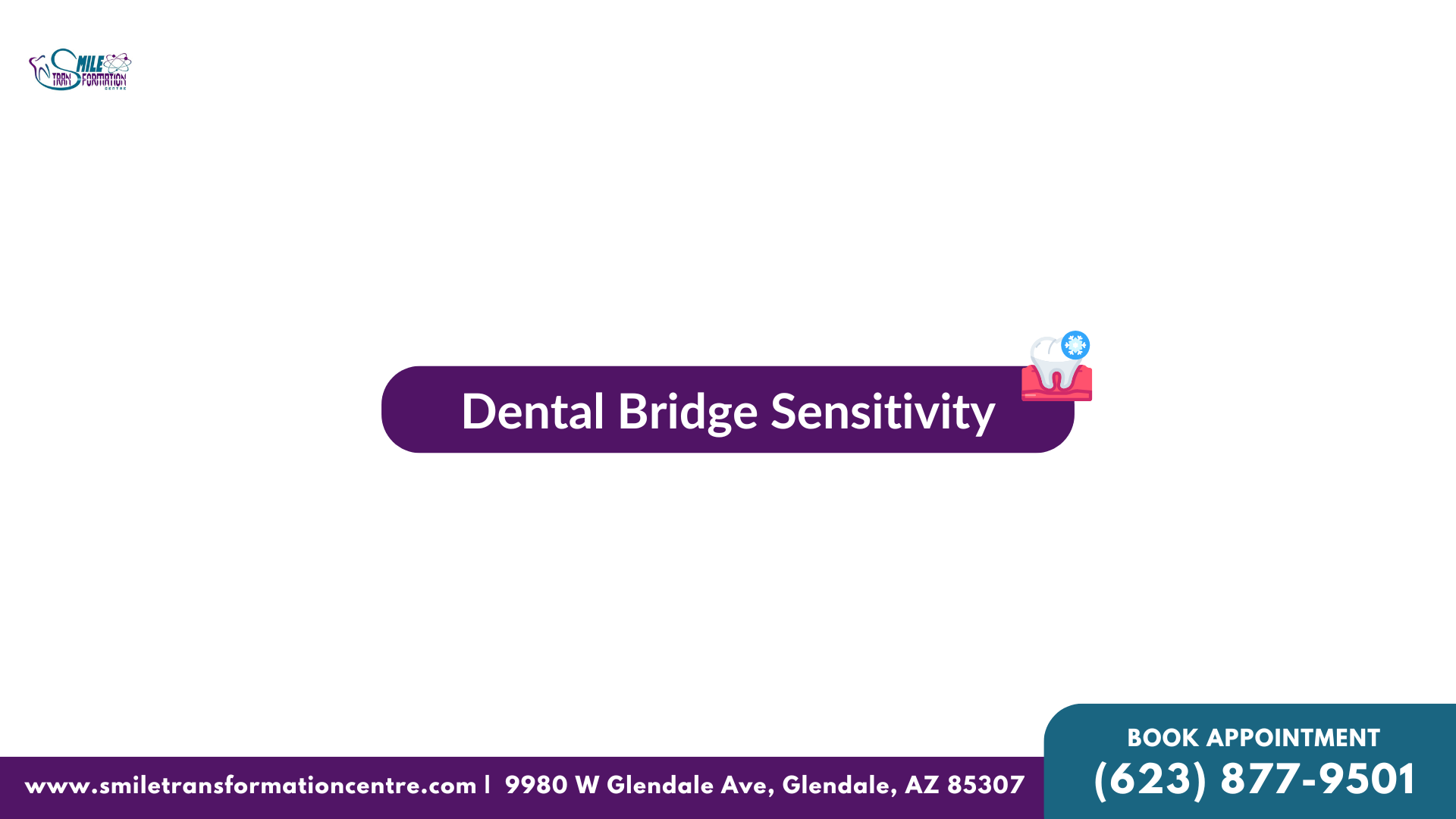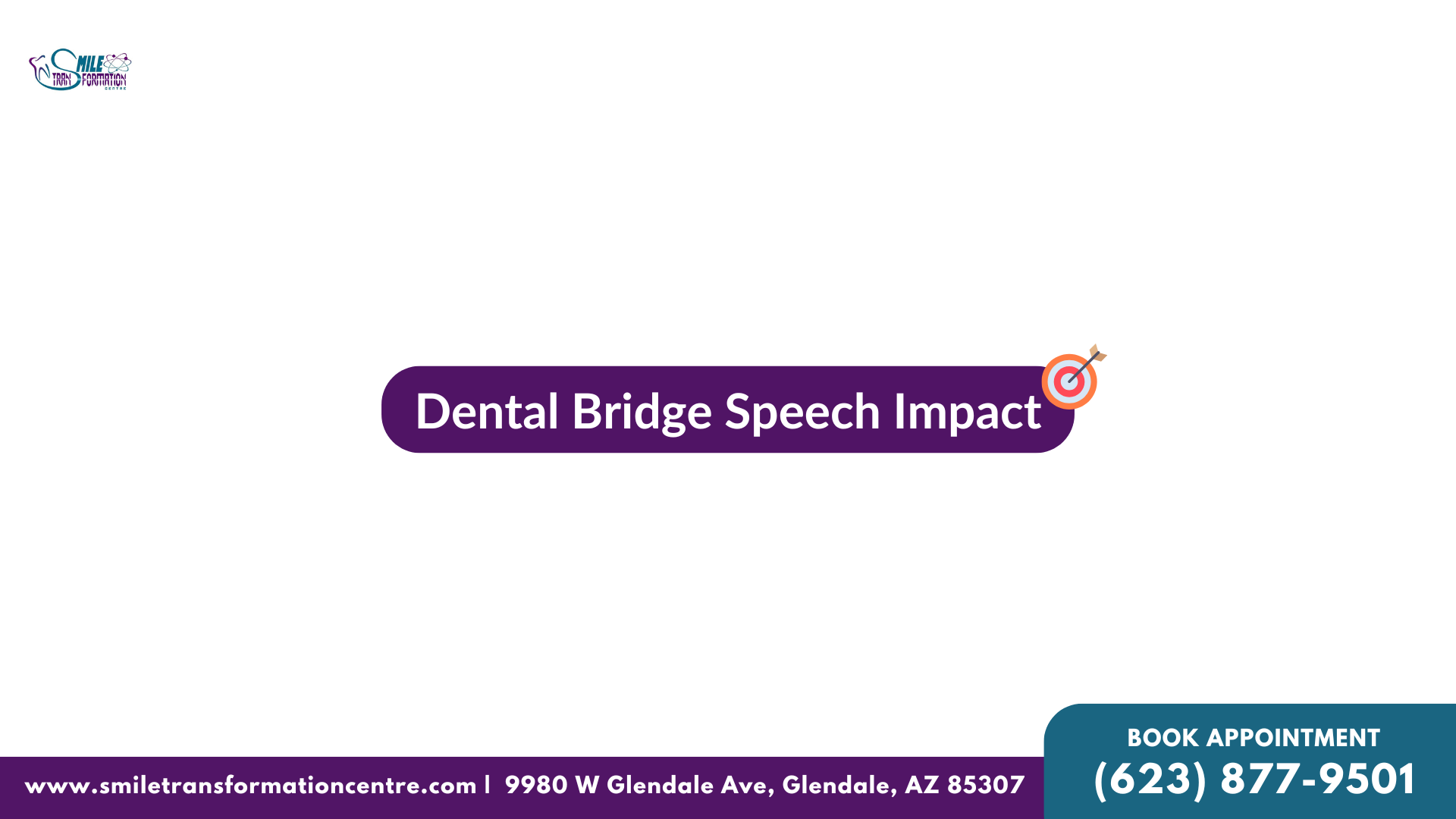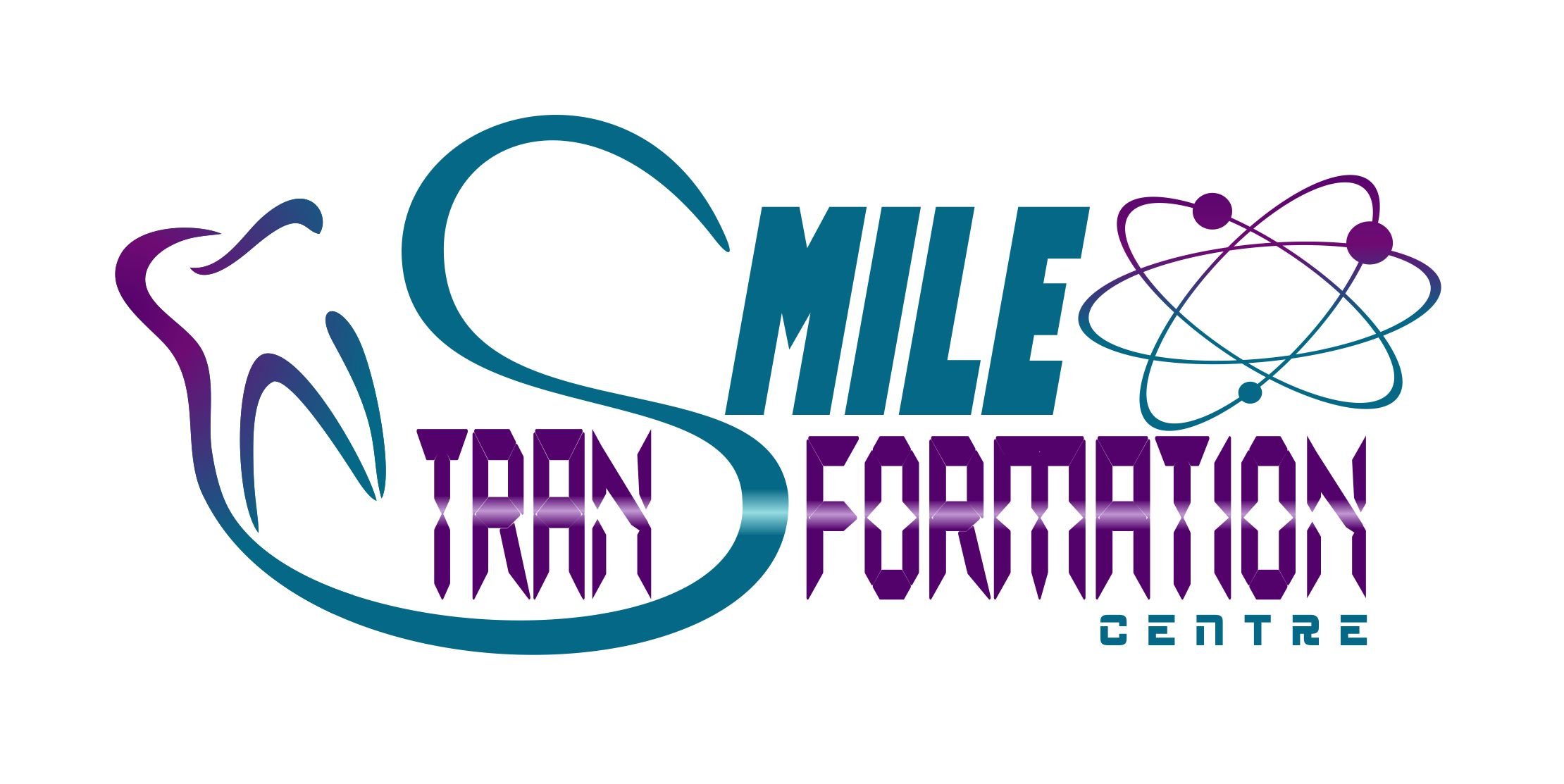A dental bridge is a fixed dental restoration used to replace one or more missing teeth by joining an artificial tooth to adjacent teeth or dental implants. Custom-made to fit your mouth, a dental bridge blends seamlessly with your natural teeth. The full process of dental bridge placement typically involves multiple visits, starting with a consultation and examination. This is followed by the preparation of the adjacent teeth, impressions for the custom bridge, and finally the placement of the bridge. Temporary bridges may be used while the permanent one is being made.
Dental bridges restore your ability to chew, speak clearly, and smile confidently, while also preventing the remaining teeth from shifting out of place. However, before undergoing this procedure, it’s essential to fully understand the implications and alternatives. This blog will explore 10 crucial factors to consider when deciding if a dental bridge is the right choice for you.
1. Dental Bridge Impact on Adjacent Teeth
One of the crucial factors to consider is the dental bridge impact on adjacent teeth. The procedure involves preparing the teeth on either side of the gap, which can affect their structure and health. The adjacent teeth must be strong enough to support the bridge, and any existing issues such as decay or gum disease should be addressed beforehand.
2. Long-term Dental Bridge Care
Long-term dental bridge care is essential to ensure the longevity of your bridge. This includes maintaining excellent oral hygiene and regular dental visits to monitor the condition of the bridge and surrounding teeth. Brushing twice a day, flossing, and using an antiseptic mouthwash can help prevent plaque buildup and ensure the health of your gums and teeth.

3. Dental Bridge Sensitivity
Some patients may experience dental bridge sensitivity after the procedure. This can be due to the dental work on adjacent teeth or the fit of the bridge itself. It’s usually temporary but should be monitored. If sensitivity persists, it’s important to consult with your dentist to determine if adjustments are needed.
4. Dental Bridge Dietary Restrictions
Be prepared for some dental bridge dietary restrictions. Hard or sticky foods can damage the bridge or dislodge it, so you may need to adjust your eating habits accordingly. Avoid chewing on ice, hard candies, or other tough foods, and be cautious with sticky foods like caramel and gum.
5. Dental Bridge Check-ups
Regular dental bridge check-ups are crucial to ensure the bridge remains in good condition and to address any issues early. This helps in maintaining both the bridge and overall oral health. During these check-ups, your dentist will examine the bridge and surrounding teeth, perform professional cleanings, and address any concerns you may have.

6. Dental Bridge Speech Impact
A dental bridge speech impact is possible, especially in the initial period after placement. It might take some time to get used to speaking with the new bridge, but most patients adapt quickly. Practice speaking, reading aloud, and being patient with yourself as you adjust to the new sensation in your mouth.
7. Dental Bridge Gum Health
Maintaining dental bridge gum health is vital. Proper cleaning around the bridge and regular dental visits can prevent gum disease and other complications. Use interdental brushes or floss threaders to clean around and under the bridge to remove any trapped food particles and plaque.
8. Dental Bridge Lifestyle Factors
Certain dental bridge lifestyle factors such as smoking or poor oral hygiene can significantly impact the success and longevity of your bridge. Adopting healthy habits is beneficial. Quitting smoking, reducing sugar intake, and maintaining a balanced diet can help support the health of your bridge and overall oral health.
9. Dental Bridge Comfort
The dental bridge comfort level can vary. While most people find their bridges comfortable, it’s important to ensure a proper fit to avoid any discomfort. If you experience any pain or discomfort, consult your dentist to make the necessary adjustments.

10. Dental Bridge Materials
Understanding dental bridge materials is important for making an informed decision. Bridges can be made from various materials like porcelain, metal, or a combination, each with its own benefits and considerations. Porcelain bridges are popular for their natural appearance, while metal bridges are known for their durability.
If you are considering dental bridge treatment in Glendale, Arizona, the Smile Transformation Centre offers comprehensive dental care. Conveniently located and equipped with the latest technology, our clinic is ready to help you achieve a healthy and beautiful smile. The health benefits of dental bridges extend beyond aesthetics. They help restore the ability to chew and speak properly, maintain the shape of your face, prevent remaining teeth from drifting out of position, and improve overall oral health. The benefits of dental bridges include restoring your smile, enhancing your self-confidence, and providing a long-lasting solution for missing teeth. With proper care, dental bridges can last many years, providing both functional and cosmetic improvements.
Considering a dental bridge involves evaluating many factors such as the impact on adjacent teeth, long-term care, potential sensitivity, and dietary restrictions. Regular check-ups and proper maintenance are key to ensuring the bridge’s longevity and comfort. Understanding the materials used and how they fit into your lifestyle is also crucial. For those searching for dental bridge treatment near me in Glendale, then visit the Smile Transformation Centre. Our experienced team is dedicated to providing personalized care and ensuring your dental health needs are met. Book your appointment today to explore your options for a brighter smile!

